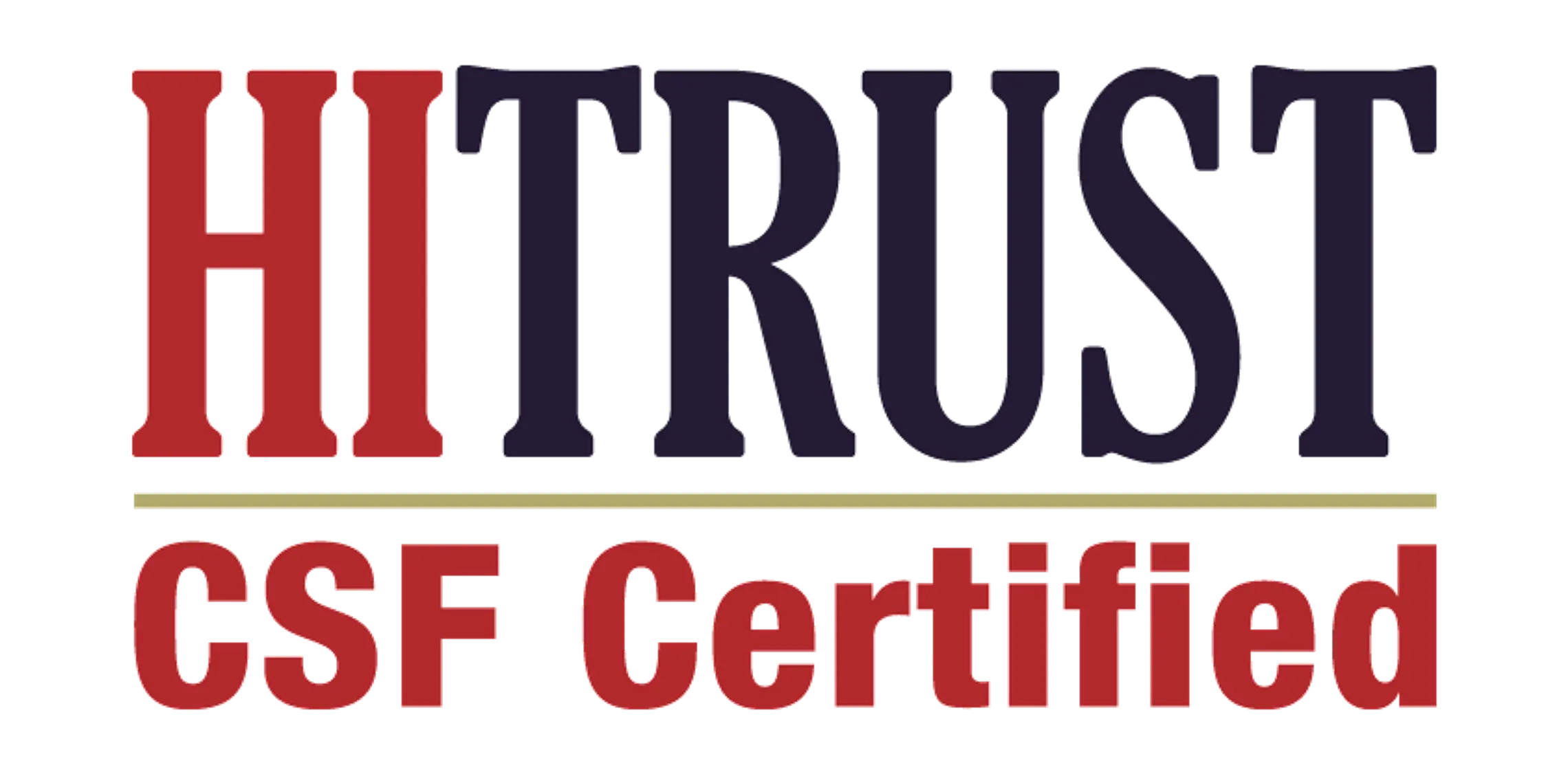Unlocking care: How patient access software transforms healthcare providers
.jpg)
In an era where digital innovation is reshaping various industries, healthcare stands at the forefront of this transformation. One of the key components driving this change is Patient Access Software (PAS). This powerful tool, designed to streamline and enhance patient interactions with healthcare providers, plays a crucial role in improving operational efficiency and patient satisfaction.
So, what exactly is patient access software? At its core, PAS refers to a suite of technology solutions that facilitate and manage the patient journey from scheduling appointments to billing processes. It encompasses several functionalities, including online appointment booking, registration workflows, insurance verification, and even patient reminders. Designed to improve how patients interact with healthcare providers, PAS allows for a more seamless experience, significantly benefiting both patients and providers.
Enhanced Patient Experience
One of the most significant advantages of implementing patient access software is the impact it has on the patient experience. Patients today demand convenience; they want to book appointments online, check in before arriving, and have access to their medical records effortlessly. PAS enables healthcare providers to meet these expectations, leading to greater patient satisfaction. With features like self-service portals and appointment reminders, these systems reduce no-show rates and enhance overall engagement – vital in a time when every interaction counts.
Improved Efficiency for Healthcare Providers
For healthcare providers, efficiency is paramount. Patient access software reduces administrative burdens by automating tasks that were traditionally handled manually. For example, registration processes can be simplified through online forms, reducing the need for lengthy paper work on-site. Additionally, PAS can integrate with electronic health records (EHR) systems, allowing for a smooth flow of information between departments. This integration not only saves time but also minimizes errors, ensuring that healthcare providers have the most accurate and up-to-date information at their fingertips.
Meeting Compliance Standards
Compliance with regulations such as HIPAA (Health Insurance Portability and Accountability Act) is essential in healthcare settings. Patient access software typically includes built-in compliance features to ensure that patient data is managed securely and in accordance with legal guidelines. This not only protects patients’ sensitive information but also shields providers from potential legal issues, allowing them to focus more on care delivery rather than compliance concerns.
Financial Benefits
Implementing patient access software can offer significant financial benefits to healthcare providers as well. By improving patient flow and reducing no-shows, providers can maximize their appointment scheduling and ultimately increase revenue. Moreover, PAS helps streamline the billing process by enabling upfront eligibility verification, increasing the likelihood of timely payments. Better cash flow management translates to a more sustainable practice with the resources necessary to invest in further improvements.
Conclusion
In conclusion, patient access software is more than just a technological advancement – it's a critical element in transforming how healthcare is delivered. With enhanced patient experiences, improved operational efficiency, stringent compliance, and financial benefits, PAS serves as a game changer for healthcare providers. As the landscape of healthcare continues to evolve, those who embrace these tools will find themselves not only meeting the demands of today's patients but also thriving in an increasingly competitive market. In a world where patient engagement is crucial, patient access software unlocks the door to better care on every level.






